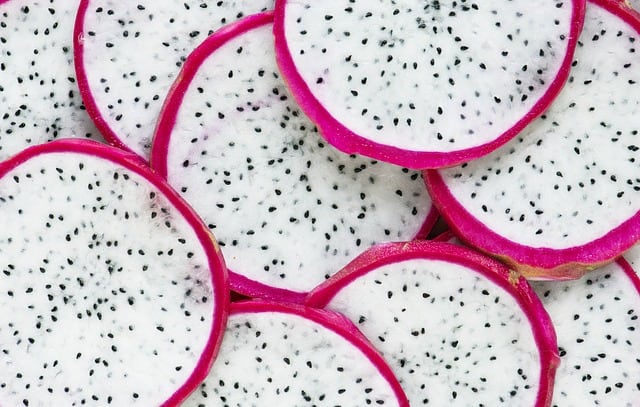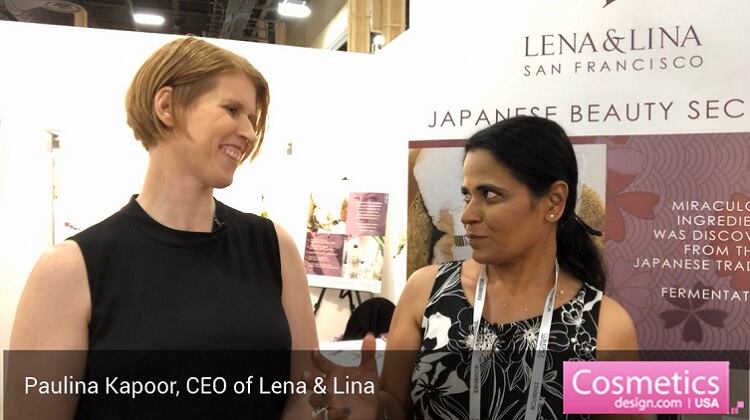Ginkgo Bioworks is an industry agnostic biological design company that’s been up and running for nine years now. Ginkgo has (or has had) partnerships with several companies in the beauty business, including fragrance maker Robertet; ingredient maker Genomatica; enzyme maker Swissaustral; and Amyris, a renewable products company making both ingredients and the consumer beauty brand Biossance.
As the creative director at Ginkgo Bioworks, Christina Agapakis collaborates with technical and creative professionals to explore and communicate how best biology can be used in industrial engineering.
Where the fragrance supply chain is concerned she sees quite a lot of potential for biotechnology: “From a creative point of view,” Agapakis tells Cosmetics Design, “we see great opportunities for cultured ingredients to expand the stories we can tell through fragrance.”
“One question we have been asking through a project at Ginkgo is, What if we could bring back the scent of plants that went extinct?” she says, hinting that the Ginko team just might be trying to answer that question.
In the meantime, biotech is already at work for the fragrance industry.
Technically
“In biotechnology we always have to be humble and remember that biology is a few billion years ahead of us when it comes to solving problems,” says Agapakis before going on to explain just how biotechnology is used to make fragrance molecules.
“To produce a bioidentical fragrance molecule we look to how biology does it: what enzymes does a plant, for example, use to make certain volatiles? The enzymes convert common starting materials like sugar into the enormous variety of scent molecules that are possible; these enzymes are encoded by DNA sequences in the plant genome, which can be read, synthesized, and edited into the genome of yeast using the tools of biotechnology. Now when that yeast grows and ferments sugar in a microbrewery it also makes some of those plant enzymes and is able to convert the sugar into the fragrance molecules that can then be purified from the yeast.”
And as simple as she makes it sound, producing any given scent molecule with biotech is a team effort: “A project like this would involve many different people: from the business and supply chain management side to identify which products face challenges in their supply, stability, or sustainability; from the biology and technology side to understand the DNA, the biochemistry, and the manufacturing of the yeast; as well as perfumers who would be involved in testing and understanding how a new supply of an ingredient might open up new creative opportunities.”
Supernaturally
“Most of the work happening in biotech for flavors and fragrances today is about bioidentical products,” emphasizes Agapakis.
Still biotech can be used to invent completely novel scent molecules. “New molecules could be developed and identified,” she says, “through the creative use of enzyme pathways for modifying common chemical backbones, and new mixtures could be developed in yeast cells engineered with enzymes that produce a blend of molecules that could be purified together instead of just one.”
Commercially
Using biotech to make inputs for fragrance (and other cosmetics and personal care products) at a truly global commercial scale is quite a feat. Still, it’s happening more and more every day.
While “there are always challenges in bringing biomanufacturing up to commercial scale from both technical and business points of view…there are also many great examples of fermentation-based manufacturing facilities around the world that take advantage of locally grown feedstocks to grow yeast to produce cultured ingredients,” Agapakis tells Cosmetics Design.
Environmentally
Biotech requires a feedstock, and that has to sourced from somewhere. In some cases byproducts from other industries are used. In other cases fast-growing plants are cultivated.
“The most important thing to consider in terms of the environmental impact of fermentation-based production processes,” according to Agapakis “is the source of the sugar that is fed to the yeast. These resources must be renewable and sustainable in order for the products to make a positive impact on the sustainability of the flavor and fragrance industry.”
“Understanding the full environmental impact of ingredients sourced from agriculture or via fermentation can be quite complex when it comes to identifying all the resources needed and impacts of each step. Ideally choosing a fermentation based process to produce a cultured ingredient would lessen the environmental impact when it comes to land and water use and on biodiversity (e.g. for ingredients where harvesting is threatening wild populations of a plant or animal).”
Economically
“Compared to botanical extraction there can be a large cost advantage for cultured ingredients,” Agapakis tells Cosmetics Design.
“Importantly, the costs can also be more stable for a fermentation process compared to an agricultural source because there is more flexibility in manufacturing and therefore fewer fluctuations in supply due to factors (e.g. weather fluctuations like frost or drought) that can impact crop yields,” she explains.
“It can be difficult for biologically sourced products to compete with petroleum-based ingredients on price—although that is slowly changing—but we are seeing more and more that consumers are demanding more sustainable and renewable products,” she says.
“Not just as an industry but as a species,” says Agapakis, “it is imperative that we move away from carbon-intensive manufacturing and towards more sustainable production offered by biology.”
---

Deanna Utroske, CosmeticsDesign.com Editor, covers beauty business news in the Americas region and publishes the weekly Indie Beauty Profile column, showcasing the inspiring work of entrepreneurs and innovative brands.



